Angela and I recently tried Saturne, a restaurant that was recommended to me by a French chef working in Abu Dhabi. If you are in Paris, book a table here.
It is near the Bourse, close to a Metro station, on a quiet street, Rue Notre-Dame des Victoires. Open, airy, light wood and white walls. A wall of wine behind sliding glass doors catches the eye, as does the open kitchen. (A word about the wines: an abundance of “natural” selections, and many value-priced bottles. We started our meal with a glass of Crémant de Loire, proceeded to a bottle of Loire white, then finished with glasses of pinot noir.)
This is a dégustation menu, and for 60 euros you get seven courses. We began with a soup of tomato, black olive tapenade, and olive oil, upon which floated a paper-thin piece of fried bread. The taste: go out to your garden and pick a ripe tomato, slice it in half, drizzle olive oil on it, and add a few black olives and some garlic. Bite. Then, break a tomato stem and inhale.
Next came bonito, ceviche style. Five or six pieces of pink fish, raspberries and basil and onions on top. Tomato water was poured atop this all. There was a light sprinkling of cayenne pepper. The fish was of a perfect texture, not chewy, tasting slightly of the sea. The other ingredients? Well, you know how it is when you put a mix of ingredients in your mouth and smile when all of the flavors combine? That’s what this dish made me do.
Monkfish was the next plate, served with small discs of yellow squash and nasturtiums, all of which immersed in a slightly mustardy sauce flavored with mussel stock. Monkfish, which is one of my favorite types of fish, was slightly grilled, and meaty. The squash was cooked for a very short period of time, so the discs were firm, full of flavor.
And then came the lobster, a large piece of lobster tail, from the wonderful waters of Brittany. The meat was as it should be served: when done this way you taste the sea, and the meat is firm, not stringy. The coral of the lobster was used in a sauce, and baby radishes, slightly pickled, accompanied. On top of this all was a foam made of lobster stock.
We next were greeted by a beautiful plate of pigeon, two pieces: the breast, pink and juicy, with grilled, crisp skin, and the leg and thigh. A grilled wedge of eggplant was the only other thing on the plate, which I would not have missed. Pigeon is at the top of my desirables list, and this was some of the best I have had.
We were entering the final stage of the meal, and our desserts – two courses – were light and tart and sweet, and a bit savory, and not too sweet. The first plate consisted of strawberries, sorrel sorbet, and a cream of goat cheese, sprinkled with freeze-dried parsley. I loved it, and it was a perfect ending … except for the second dessert plate: hay-infused cream, blackberries, and a chocolate spread that had a consistency akin to a light cake frosting.

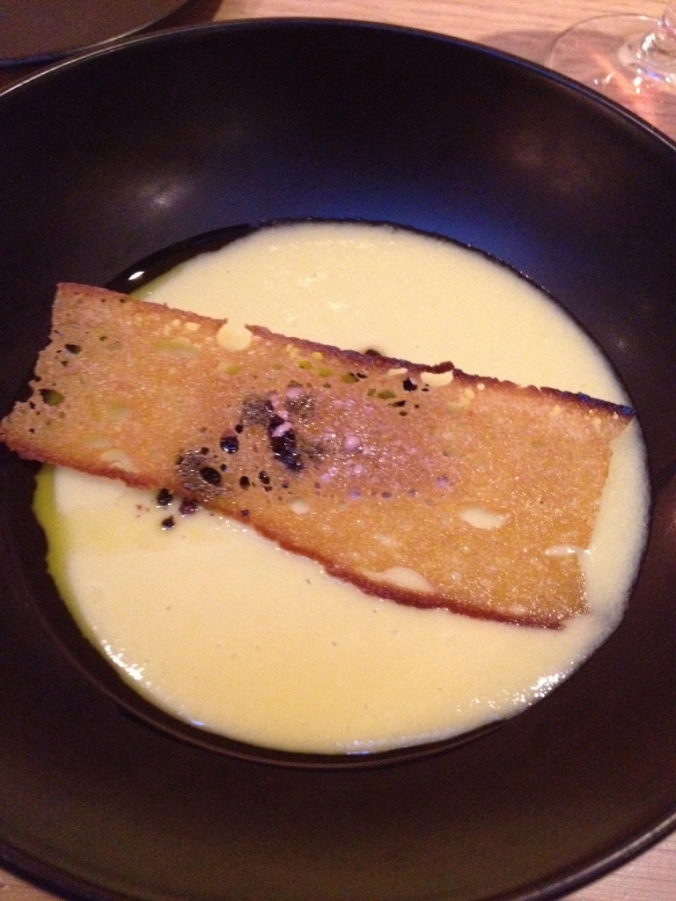
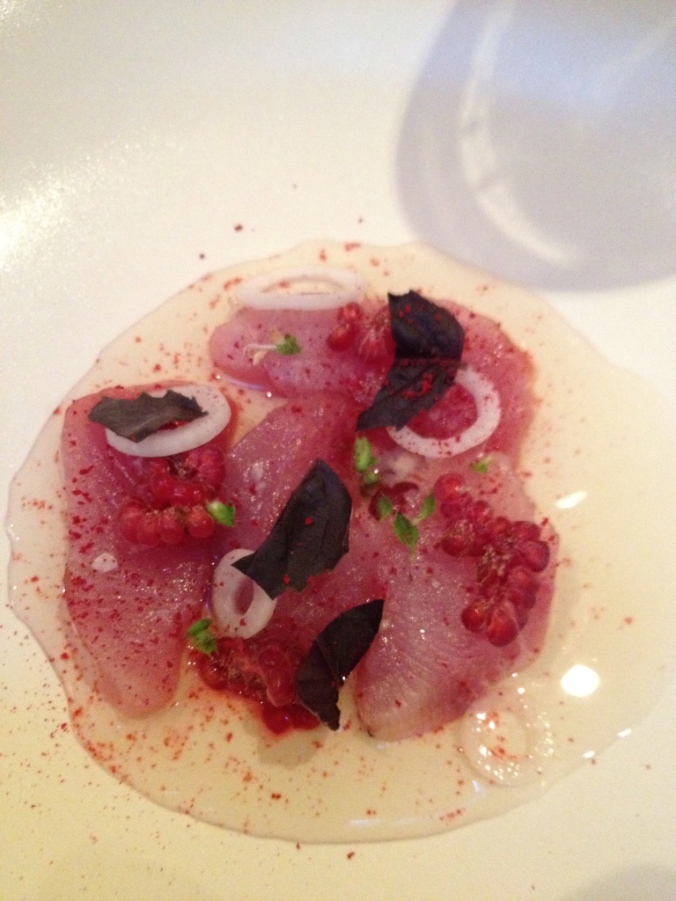
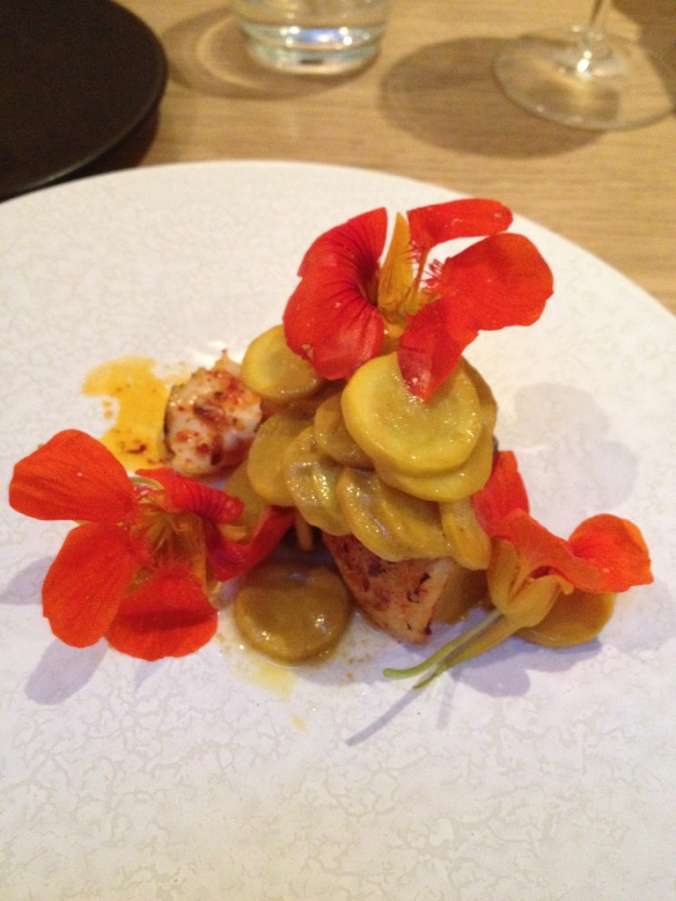

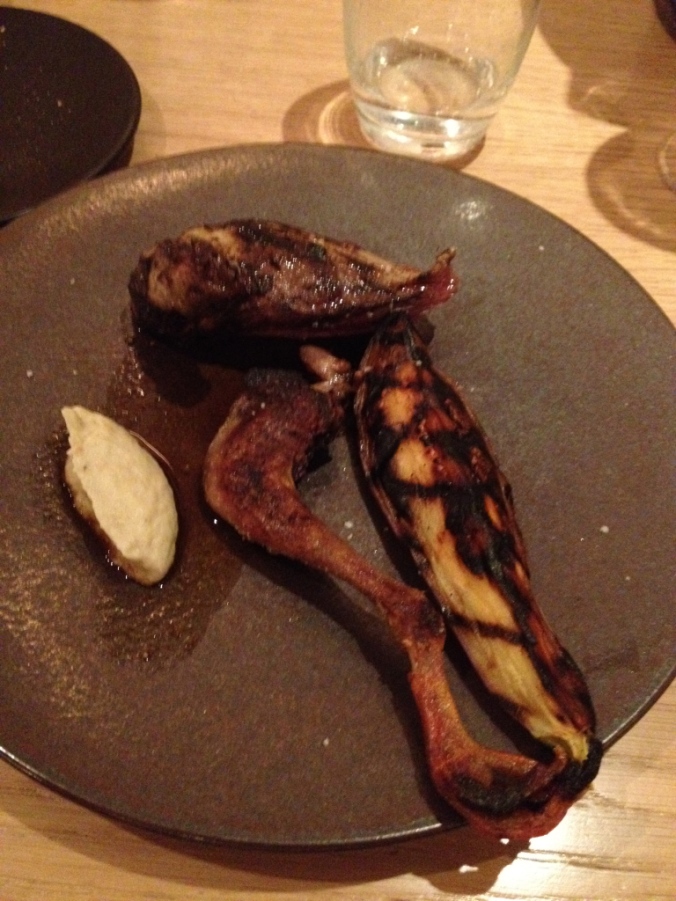
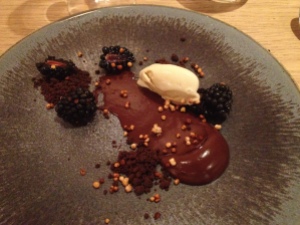









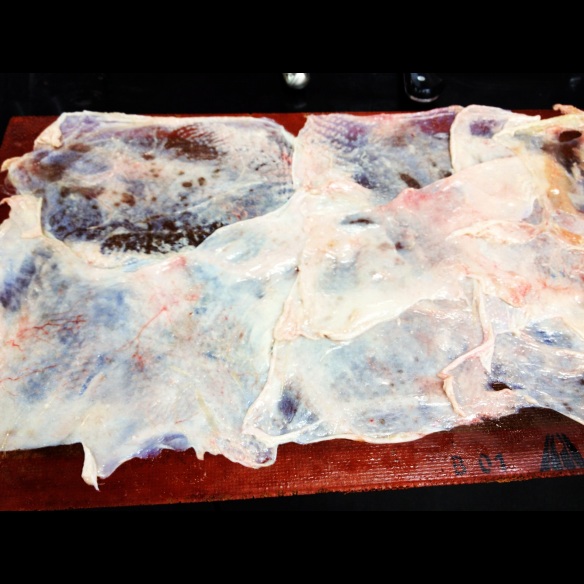












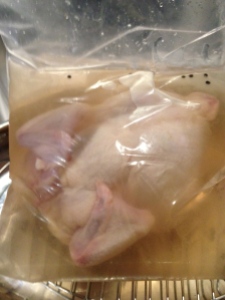
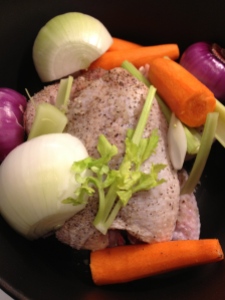

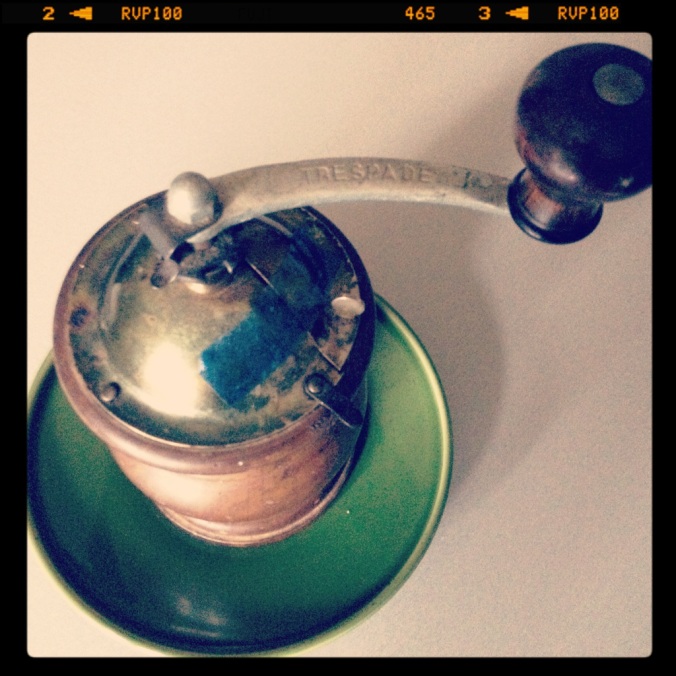
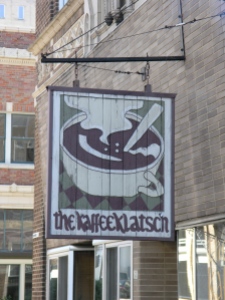


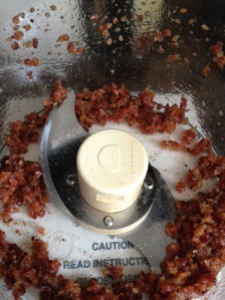
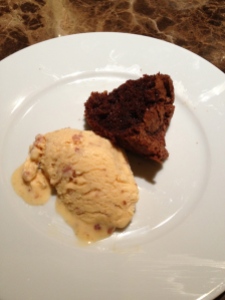
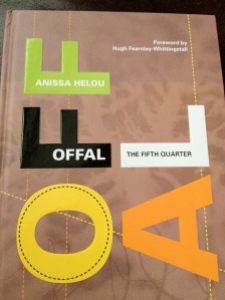
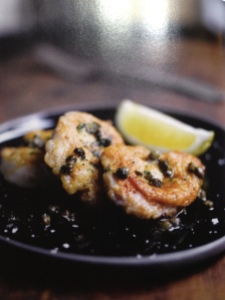

Recent Comments